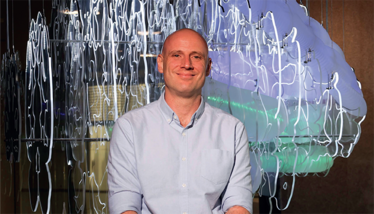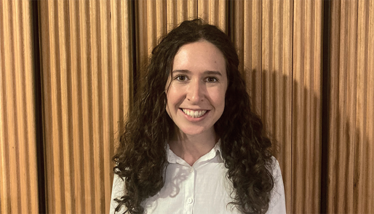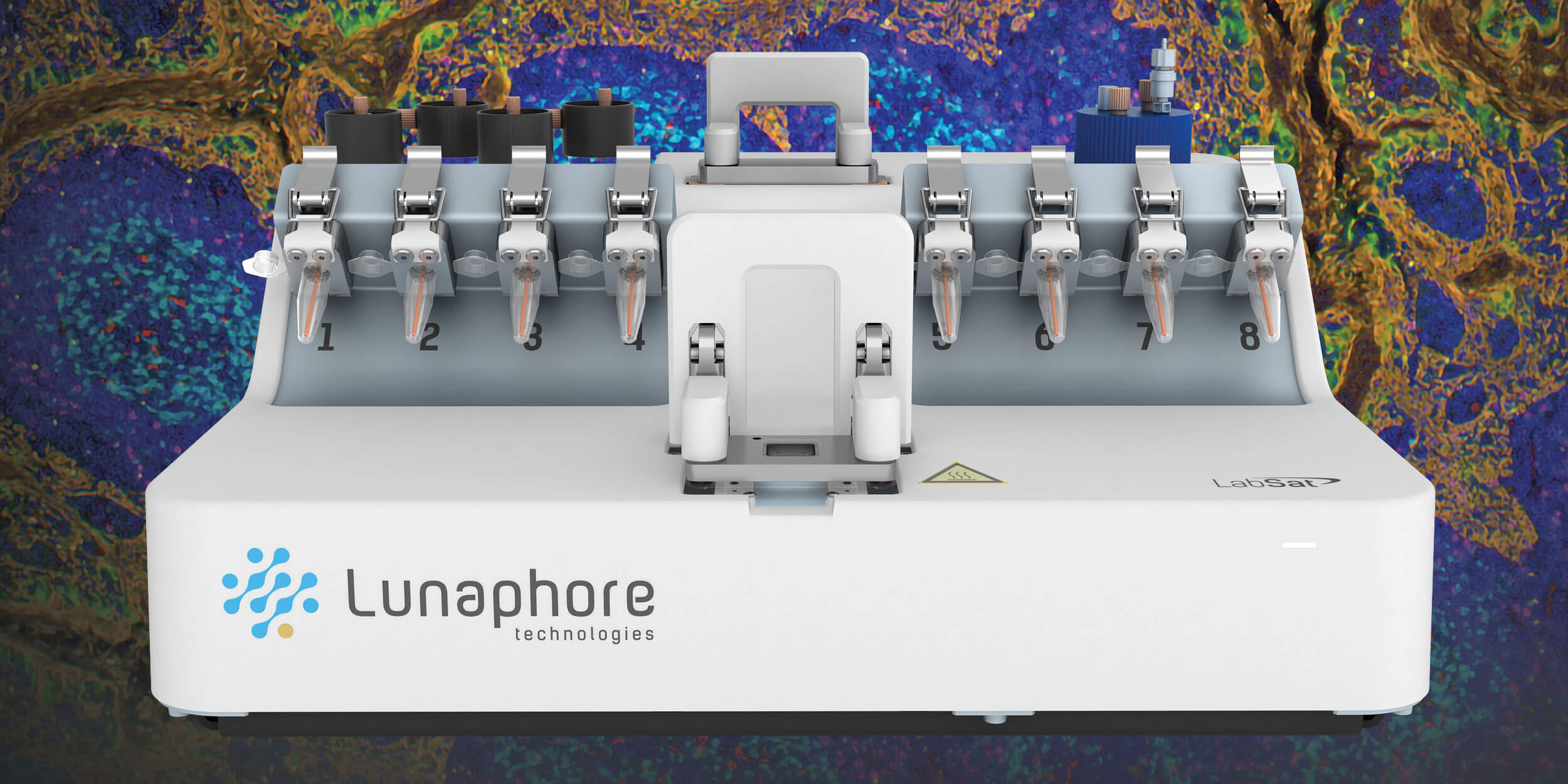Minds, Interrupted
Researchers develop a new approach to mapping the individual heterogeneity of brain changes in mental disorders
Alex Fornito, Ashlea Segal | | 2 min read | Discussion

Alex Fornito
To date, most mental health research has relied on comparing averages from groups of people with and without mental illness. This approach reveals the brain changes that commonly occur in those with a mental disorder, but tells us nothing about individual people. For instance, if I were to tell you that the average height of the Australian population is 1.7m, it would not give you much information about how tall I am.
In Australia, more than 40 percent of adults experience a mental illness in their lifetime, and suicide is the leading cause of death in young people. The most common treatments are rarely sufficient and often come with a vast number of side-effects – partly because of the reliance on a one-size-fits-all approach. In our study, we wanted to understand the extent of brain changes across different people with the same mental illness at individual brain regions, as well as broader circuits and networks (1). By focusing on individual people, we believe that we can develop personalized treatments tailored towards patient-specific challenges.

Ashlea Segal
We collated magnetic resonance imaging (MRI) data from over 2500 people acquired at over 25 locations worldwide, which included scans from people diagnosed with attention deficit hyperactivity disorder, autism spectrum disorder, bipolar disorder, depression, obsessive compulsive disorder, and schizophrenia. Using newly developed statistical techniques, we then benchmarked the size of over 1000 different brain regions in any given person relative to what we should see in the general population. This method allowed us to identify brain regions showing unusually small or large volumes, when matched for age and sex.
Interestingly, people with mental illness had larger alterations in brain volume than people without mental illness, but no more than 7 percent of people showed an alteration in the same region. The results suggest that any attempts to identify a single “cause” of a particular mental illness will have limited success because the brain is affected in highly individual ways. We did find that these alterations aggregated within brain circuits that were shared across people, suggesting that targeting brain circuits, rather than specific brain regions, may be a more effective way of developing new treatments.
However, the targets may still need to be identified in a personalized way. To provide an example, we found that a brain circuit connected to the prefrontal cortex was frequently implicated in people with depression. This area is often used as a target for non-invasive brain stimulation therapies, but by focusing on individual differences we showed that it may only be effective in around one third of people, meaning that we need to identify new stimulation targets for the other two thirds of individuals.
I grew up in a family with complex mental health problems (like so many of us). As a young child, none of it really made sense to me; time and time again, I would see loved ones receive far from adequate support. I guess that’s how I ended up here - doing what I can to understand mental illness and the way forward for treatment.
Image credits: Author supplied
- A Segal et al., “Regional, circuit and network heterogeneity of brain abnormalities in psychiatric disorders,” Nature Neuroscience, 26, 1613 (2023). Available at: https://doi.org/10.1038/s41593-023-01404-6
Professor of Psychology at Turner Institute for Brain and Mental Health, Monash University, Australia
Postdoctoral researcher at Wu Tsai Institute, Yale University, United States (work carried out as PhD student at Monash University).















